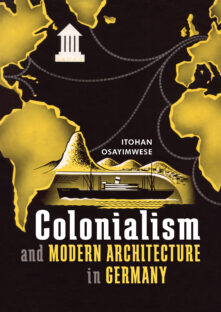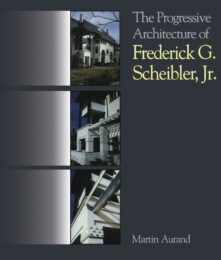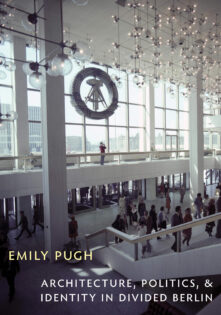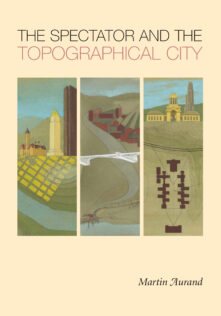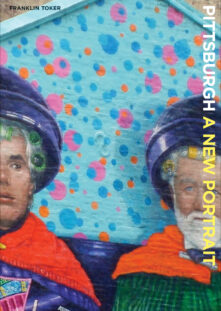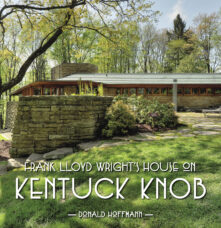Architecture / General
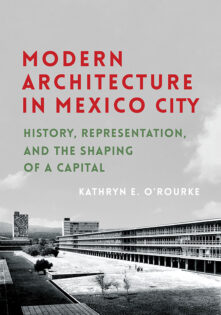

Modern Architecture in Mexico City
History, Representation, and the Shaping of a Capital
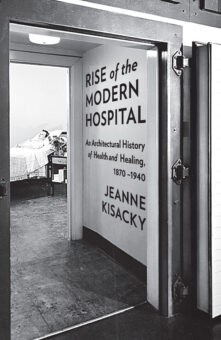

Rise of the Modern Hospital
An Architectural History of Health and Healing, 1870-1940
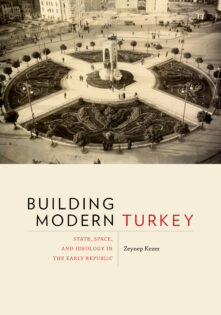

Building Modern Turkey
State, Space, and Ideology in the Early Republic
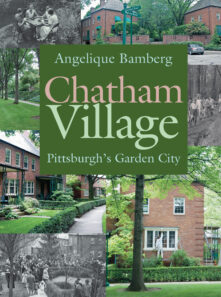

Chatham Village
Pittsburgh's Garden City
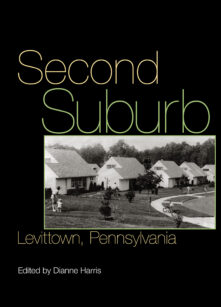

Second Suburb
Levittown, Pennsylvania
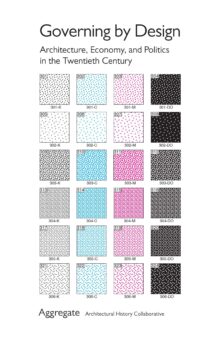

Governing by Design
Architecture, Economy, and Politics in the Twentieth Century
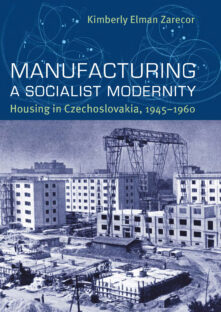

Manufacturing a Socialist Modernity
Housing in Czechoslovakia, 1945-1960
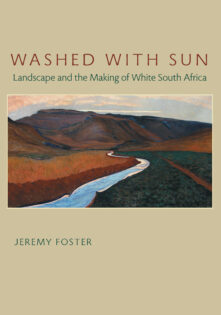

Washed with Sun
Landscape and the Making of White South Africa
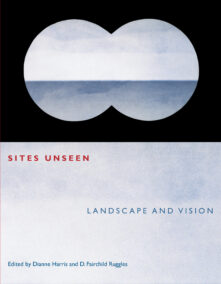

Sites Unseen
Landscape and Vision
Total 17 results found.


